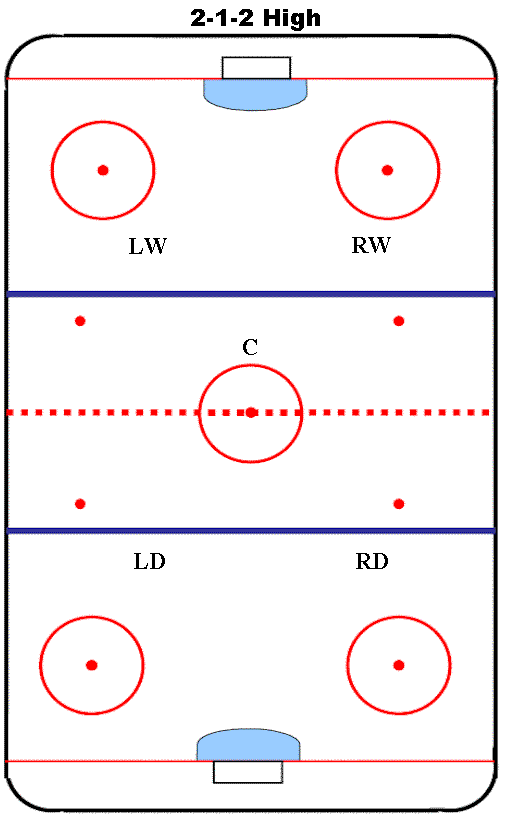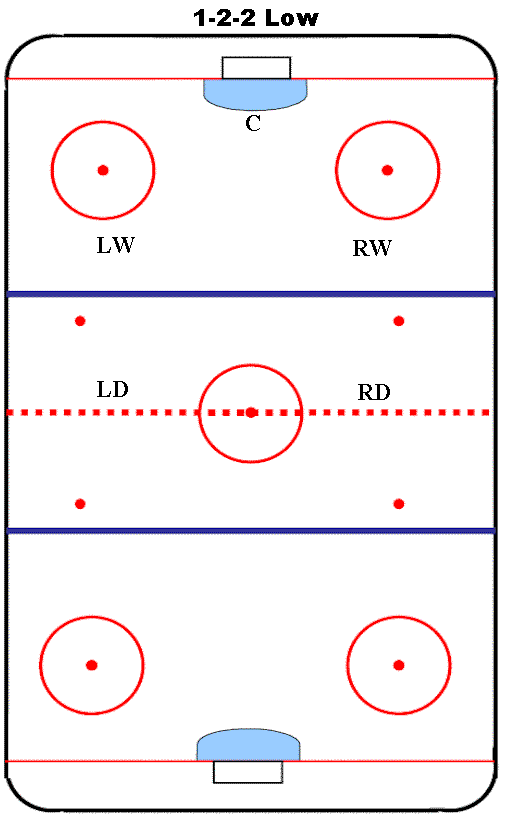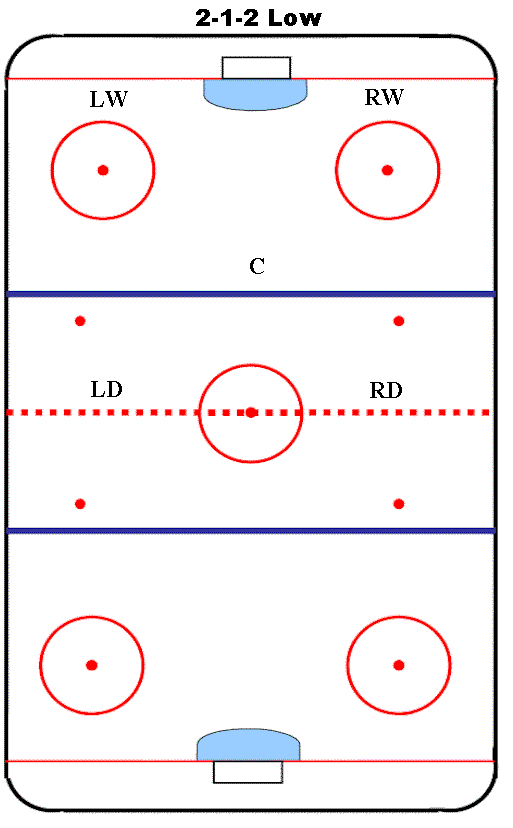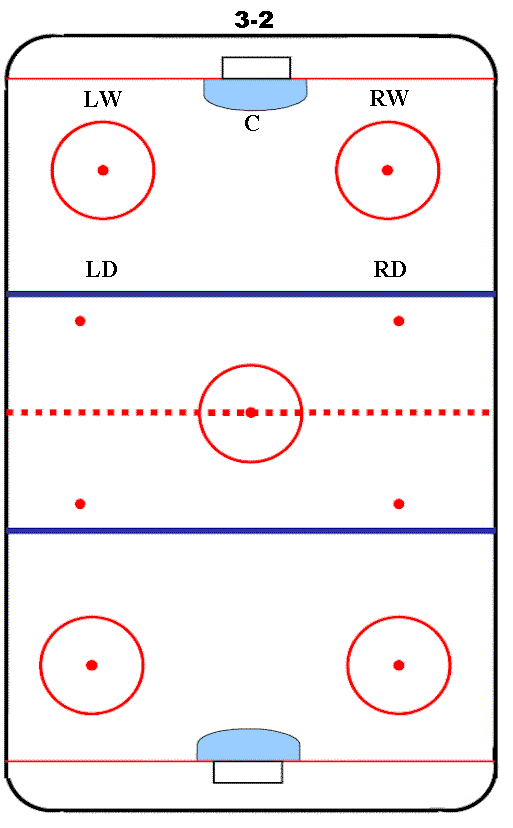

Raise your hand if you have ever cursed out an AI teammate in a video game.
*All hands go up*
Keep that hand raised if you have ever cursed out an AI teammate in NHL 10.
*Most hands stay up*
For as much fun as NHL 10 can be, there is nothing more frustrating than watching your AI teammates commit dumb mistakes that lead to easy goals for the other team.
And for gamers not familiar with EA's NHL series or hockey in general, keeping those AI teammates on track can be completely mystifying since the game lacks any sort of tutorial that explains how to manage the on-the-fly coaching options mapped to the D-pad.
So for everyone out there who has no idea what a forecheck is or what separates a 1-2-2 High from a 1-2-2 Low, here is a guide that will help you get the most out of your AI teammates in NHL 10.
Forechecking Strategies
For those new to hockey, "forechecking" is a term used to describe a defender's pursuit of the puck into the opposing offense’s zone.
A forecheck usually consists of one or two forwards pushing ahead into the enemy zone while attempting to disrupt the other team’s offensive rush and ultimately cause a turnover.
Like a basketball press, there are varying degrees of pressure that a forechecking unit can apply.
Here are descriptions and diagrams for the five supported forechecking styles in NHL 10, which can be accessed by pressing up on the D-pad:





Defensive Strategies
If the opposing team manages to break through your forecheck and cross into the offensive zone, your AI players will need to be told how to carry out your team's defensive attack.
Here is everything you need to know about each of NHL 10's on-the-fly defensive styles, which are available by pressing left on the D-pad:
Tight Point
Description: Your forwards rotate to make sure that two defenders are always locked onto the point; the third forward drops back to protect the slot while your two defensemen set up down low in the crease.
Con: Weak coverage along the boards.
Collapsing
Description: All three forwards fall back to protect the slot, while defensemen clear out the crease with body checks.
Con: Perimeter shots are left open.
Staggered
Description: All strong-side defenders play man defense while the weak-side defenseman protects the crease and the weak-side winger protects the high slot.
Con: Weak side of the ice is susceptible to overloads.
The final thing a NHL 10 coach needs to be aware of is the five defensive-pressure settings that tell your AI players just how aggressively they should be pursuing the puck, both on the forecheck and on the defensive end of the ice.
Generally, coaches will want to up the pressure when their team is down late in the game or lay back a bit when the game is already in hand and simply needs to be stalled out.
Here are NHL 10's on-the-fly pressure settings -- found by pressing down on the D-pad -- listed from most conservative to most aggressive:
Protect Net
All five players collapse into the defensive zone, hesitant to pursue the puck past center ice.
Contain Puck
Your players pursue the puck carrier all over the ice but will position themselves a few strides in front of the puck.
Normal
Your defensemen play conservative zone defense at the back while the forwards engage the opposing rush with normal man-to-man defense.
Puck-Side Attack
Weak-side defenders drop off into zone defense while strong-side defenders attack the puck aggressively.
High Pressure
All five players attack the puck aggressively and swarm the strong side of the ice.
With a proper understanding of these on-the-fly coaching strategies, players should be able to take full command of their AI teammates in NHL 10 and adjust their playing style according to the game situation as well as the opposing team's strengths/weaknesses.
Good luck to all NHL 10 coaches, and as always, see you on the ice.



